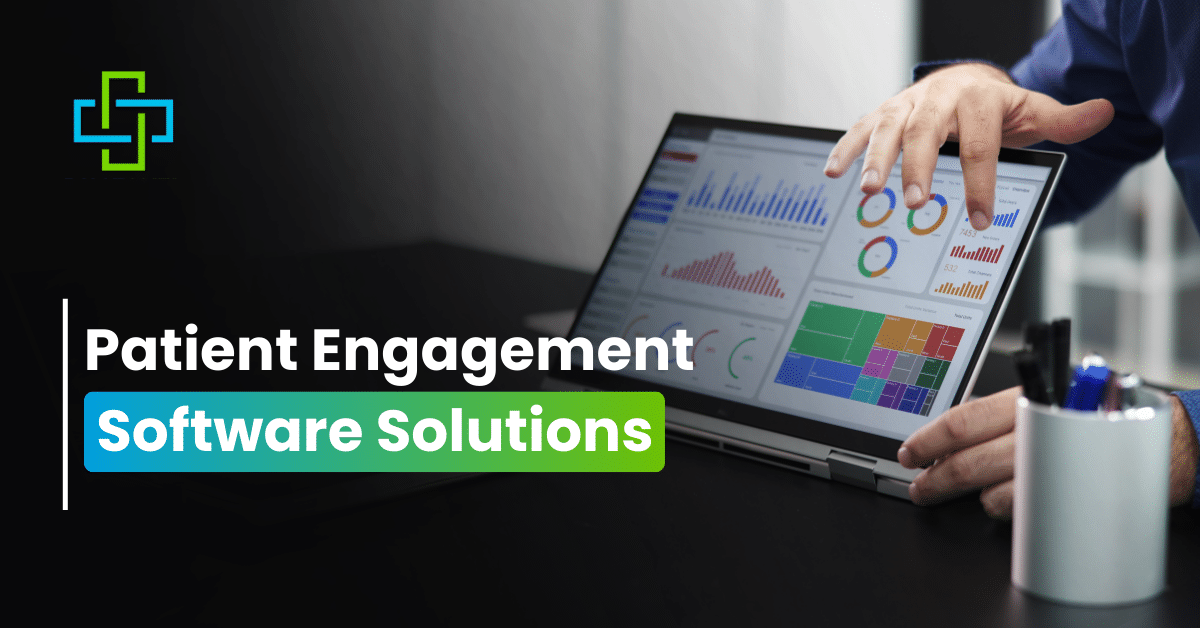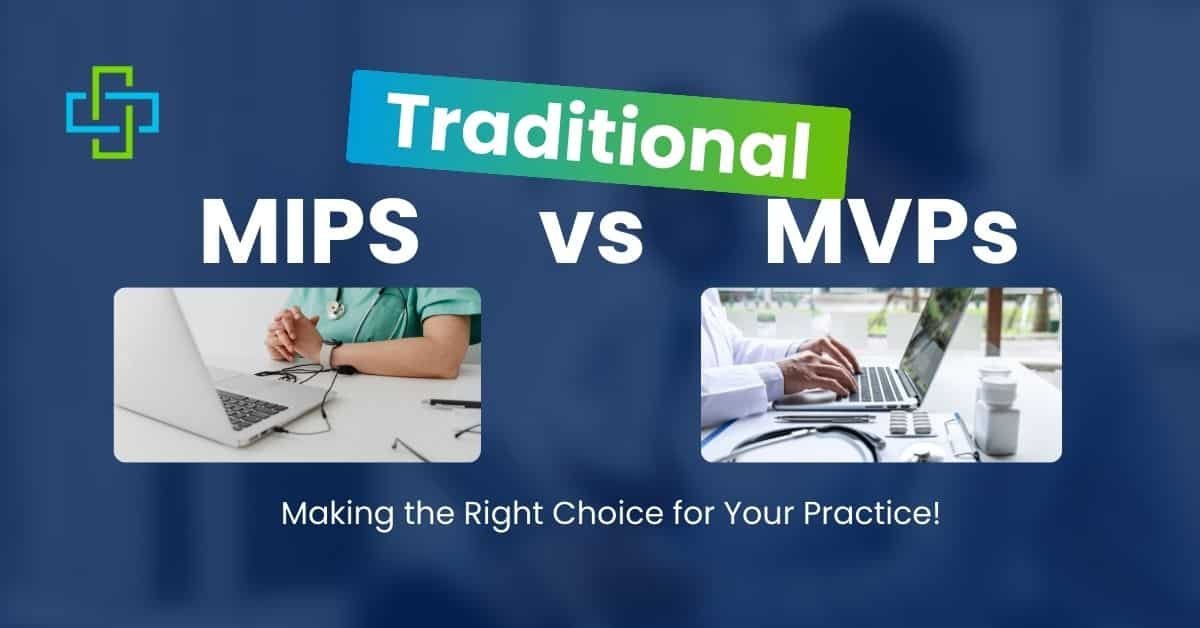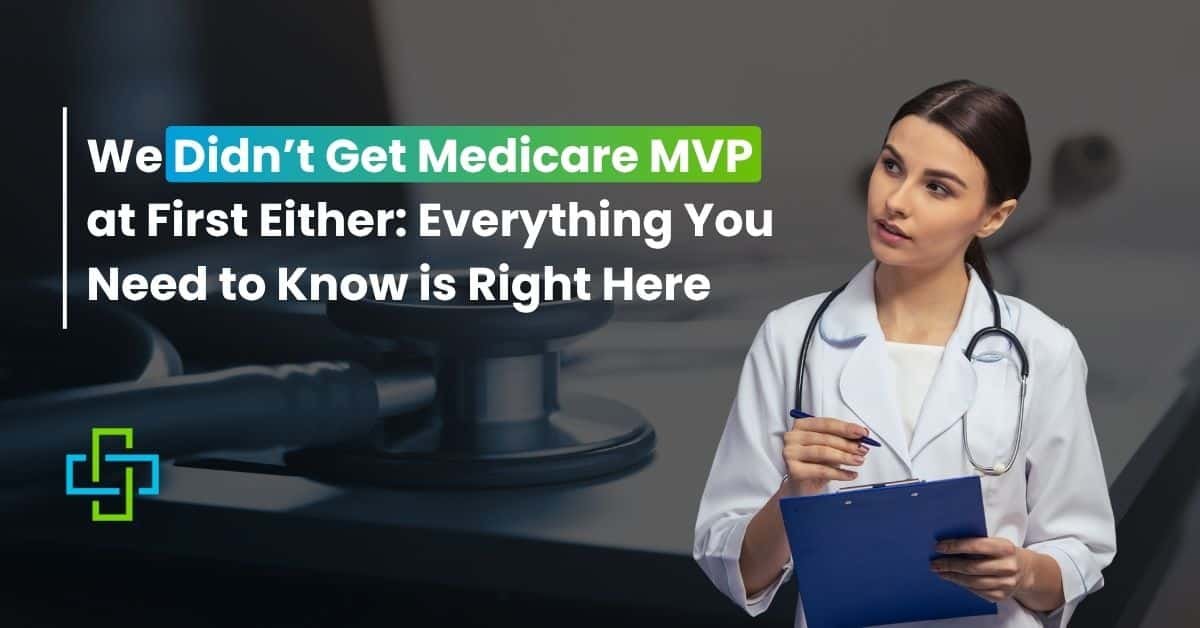Healthcare is moving fast and doctors and patients need easier ways to stay in touch. That is where patient engagement software helps. It is a simple technology that makes it easier for clinics and patients to talk, share information and keep things running smoothly.
Long waits for test results or forgetting to take medicine usually happen because communication breaks down. Patient engagement software helps fix this by keeping patients and healthcare providers better connected.
What Makes Healthcare Communication Hard?
Most medical offices still use old methods to talk with patients. Phone calls get missed. Paper forms get lost. People forget about their appointments. Patients feel confused about their treatment plans.
Patients sometimes get confused and make poor choices when they don’t understand their health conditions. This leads to worse health outcomes and higher medical costs.
How Medical Practices Run Smoother with Digital Tools?
The best patient engagement software solves these communication problems. These programs are way advanced than you can imagine.
Patients can check their test results online anytime. They get automatic reminders about appointments and medications. Doctors can easily follow up through this software rather than taking the risk of their patients forgetting about it.
Key Features That Make a Difference
Smart medical software includes several important tools:
- Secure Messaging Systems: Patients can ask questions without calling the office and doctors can respond when they have time. This saves both sides time.
- Appointment Scheduling: Online booking systems let people choose their preferred times. And automatic reminders reduce the chances of missed appointments.
- Mobile Access: Apps make it easy to stay connected from anywhere. People can manage their health on the go.
Real Benefits for Healthcare Providers
Medical offices that use these tools see big improvements. It is noticed that staff spend less time on phone calls and paperwork and patients show up for more appointments. You know patient engagement in healthcare is the right thing when things start to get easy for both ends.
Prime Well Med Solutions and similar companies report that practices save hours of administrative work each week. This gives doctors more time to focus on patient care.
Choosing the Right Solution
Not all software works the same way. Choose systems that work with your current medical records and follow privacy rules by HIPAA.
Patient engagement solutions should be easy for both staff and patients. Many people stop using complicated systems after a few months.
Consider the following things when you are thinking of getting a patient engagement software:
- User-friendly design for all age groups
- Strong security features
- Integration with current systems
- Reliable customer support
- Reasonable pricing
Getting Started with Digital Engagement
Getting started doesn’t have to be hard. Begin with one or two features. And help your staff get used to them before you roll out new tools. Give your patients simple and clear instructions and offer ways they can get help when they need it.
Many clinics and hospitals worry about switching to new technology. Staff might resist change because they are comfortable with their current methods. They need to know that patient engagement software makes their jobs easier and not harder.
Another thing that small clinics are thinking of when getting this software is their budget. However, most practices see cost savings within six months.
Integration with Electronic Health Records
Today’s patient engagement in healthcare needs smooth and easy data sharing. The patient engagement software should connect directly with existing electronic health record systems. This prevents duplicate data entry and reduces errors.
Patients get the same information everywhere when the systems are connected. Lab results show up at the same time in both the doctor’s system and the patient portal. This instant sharing helps patients trust the technology.
Security and Privacy Considerations
Healthcare data needs top-level protection. Our patient engagement services must follow HIPAA and other privacy rules. Choose software that has end-to-end encryption. Regular security checks and updates help protect the data from new cyber threats. Patients need to trust that their personal health information is safe. Two-factor authentication should be considered, too. Make sure only approved users can access medical records and messages.
Training and Support Requirements
Proper training is required for a system to work well. Staff should get a good grip on all features before patients start using them. Most software providers offer training and ongoing support.
Teaching patients about the software is just as important. Videos and step-by-step guides help them feel comfortable with new tools. Some clinics even hold group sessions to show how the patient portal works.
Our patient engagement company typically offers 24/7 technical support during the initial rollout period. This helps fix problems fast so patient care isn’t interrupted.
Mobile-First Design Considerations in Patient Engagement Software
Peoples expect is patient engagement software in healthcare to fit in their pockets. More than 80% of people use smartphones to manage daily tasks. This includes keeping up with appointments, messages and now healthcare.
Responsive design makes sure the software works well on any device. Patients get the same features and experience whether they’re on a computer or smartphone.
Push notifications help patients see important health updates without being too much. The system lets them choose how and when they want to get messages.
The Last Word
Healthcare should feel simple and personal, not complicated. The right tools give doctors more time with patients instead of being buried in paperwork. Clear, easy communication helps patients and doctors trust each other. Patient engagement software makes these easy for both patients and clinics. Discover exactly which features your practice needs most with us!





